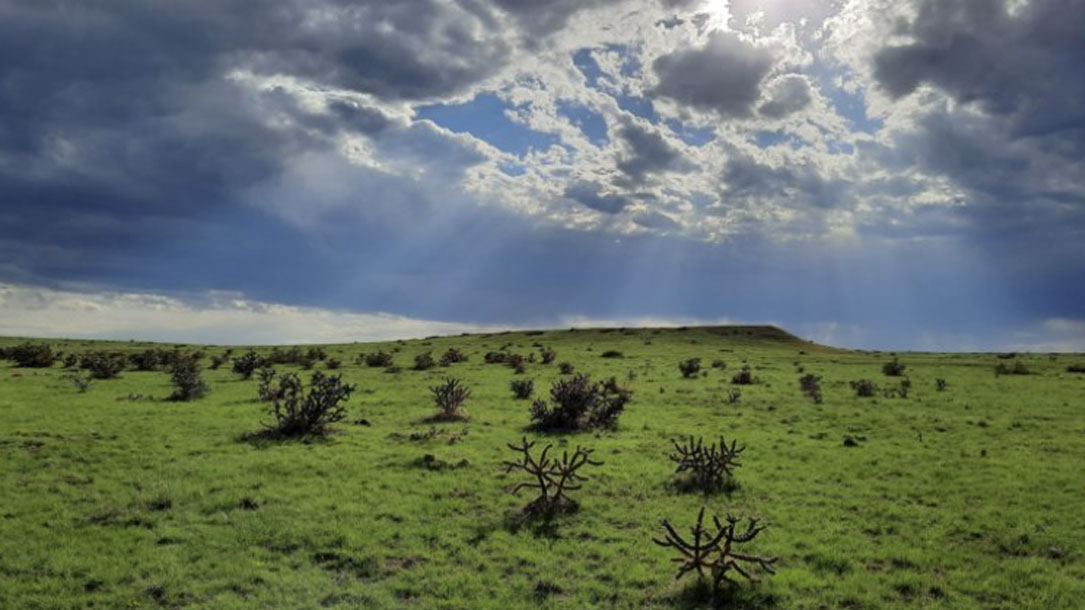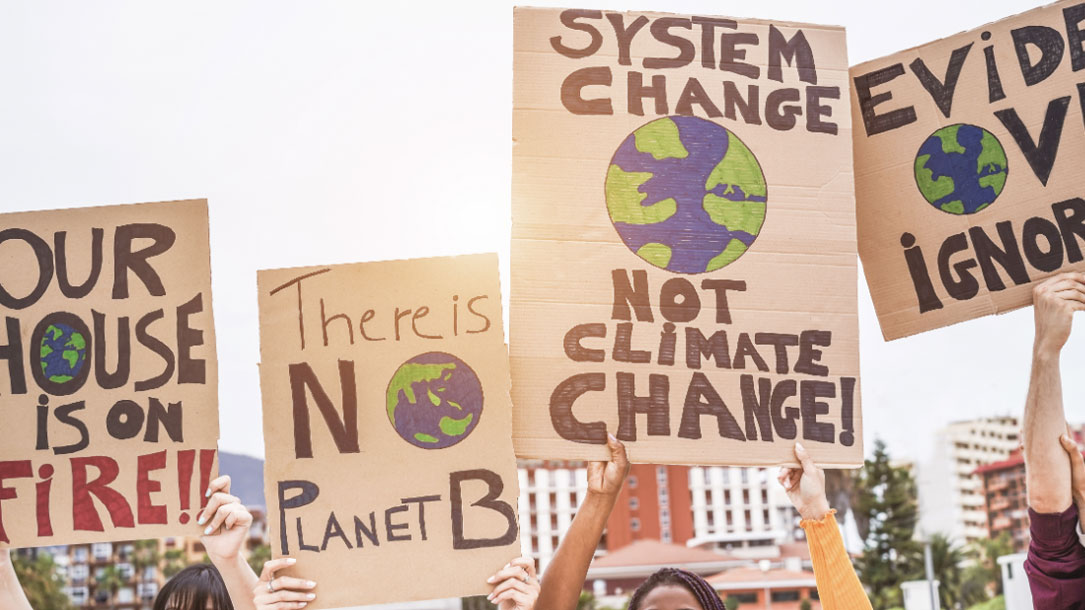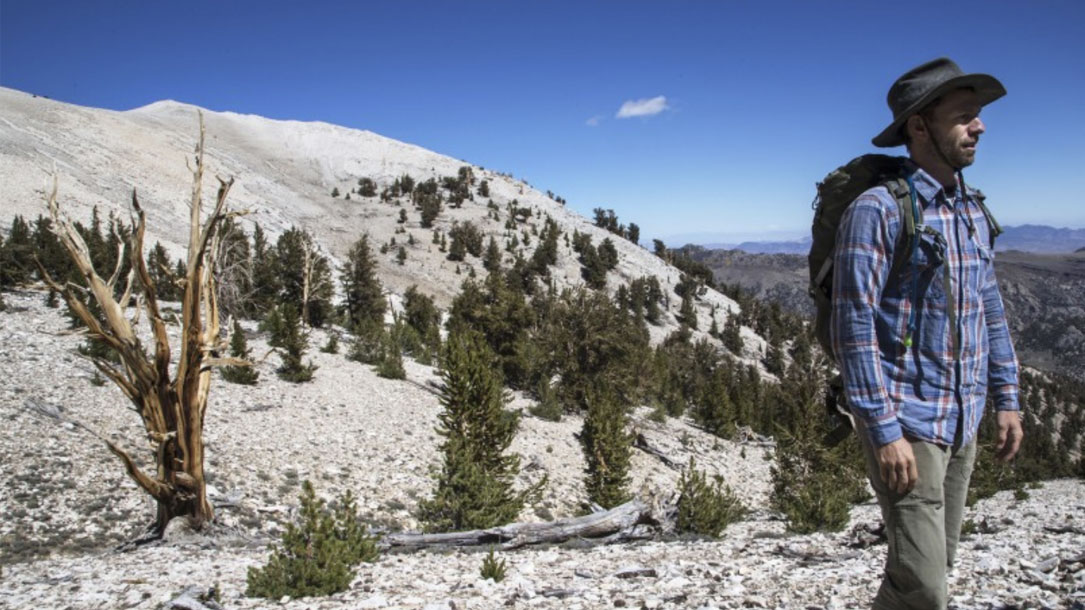Home > Climate News >

Building more resilient human and natural communities
Stronger storms, increased rainfall, and periodic droughts are all part of our new normal. Conservation Trust for North Carolina is rising to the challenge our changing climate brings by partnering with affected communities to identify ways that healthy lands can better support and protect people. Including land conservation in larger plans for reducing the carbon output of our state and lessening impacts to communities, we can build a resilient North Carolina.
Conserving land for climate resilience is a top priority for all North Carolinians. Informed by climate science data, we know that taking steps to protect highly resilient property along the Blue Ridge Parkway is valuable to communities long into the future, even as natural areas, wildlife habitat and species change in response to the climate. We are ready to take this purposeful approach….

How to Solar Now
Land trusts are realizing that they must support renewable energy if we are going to have a chance at saving the plants, animals, and communities from the worst of climate change.
This web-based interactive tool combines mapped information with education and guidance to help your community proactively plan for smart solar energy development. Using Geographic Information System (GIS) mapping layers, the tool identifies communities’ natural resources—such as forests, agricultural lands, and wetlands—and overlays them with important characteristics for solar development, such as gentle slopes and distance to transmission lines. It enables communities considering planning and zoning for future solar development, evaluating proposals by developers or identifying preferred sites for solar to make smart decisions that bring clean energy to residents while minimizing impacts to natural and community assets…

Climate justice: the intersection of climate science, environmental and social justice
The Earth System Science Center has announced the lineup for its spring 2021 Climate Dynamics seminar series. The series will focus on the cutting-edge climate research being conducted in the Earth and Environmental Systems Institute and the Climate Science dual-title graduate program in the College of Earth and Mineral Sciences at Penn State. The seminars, which are free and open to the public, take place from 11:15 a.m. to 12:30 p.m. on Wednesdays via Zoom.
You may appreciate listening to the webinar about climate change, environmental and social justice.

Juneau’s climate change solutionists: preserving wetlands and peatlands with Koren Bosworth
While the rest of the world celebrated World Wetlands Day on February 2nd, we in Juneau might wonder if every day is wetlands day, especially when venturing off a developed trail.
We are lucky for it. Our spongy ground might be inhospitable to tromping and building, but it performs a service arguably more important than recreation or development: carbon sequestration.
Juneau’s peatlands and wetlands are carbon sinks, complex biomes that trap carbon in an anaerobic environment, slowing the decomposition of organic material. Coastal wetlands can store five times as much carbon as a tropical forest over time; peatlands store ten times more carbon than other kinds of ecosystems…

Medford Spring Grassland Conservation
“Grasslands store one-third of the Earth’s carbon, and just one acre of grassland can store an estimated 50 tonnes of carbon or more. Yet, in the U.S., over one million acres of grassland are still converted each year, which has the potential to release 50%-70% of the carbon they hold as carbon dioxide (CO₂).
The Medford Spring grasslands in southeastern Colorado are facing an imminent threat of conversion to cropland given its soils are suitable for farming, and cropland rental rates for winter wheat, milo, sorghum, alfalfa, and other row crops, are more than five times pastureland rates in Bent County, CO. A permanent conservation easement will preserve the grasslands and avoid conversion of the land to farming or development. This will prevent an estimated 190,000 tonnes of CO₂ from entering the atmosphere over the next 50 years. This is the equivalent of almost 208 million pounds of coal burned…”

The Climate Action Reserve
“As the premier carbon offset registry for the North American carbon market, the Climate Action Reserve encourages action to reduce greenhouse gas (GHG) emissions by ensuring the environmental integrity and financial benefit of emissions reduction projects.
The Reserve establishes high quality standards for carbon offset projects, oversees independent third-party verification bodies, issues carbon credits generated from such projects and tracks the transaction of credits over time in a transparent, publicly-accessible system.
The Reserve offsets program demonstrates that high-quality carbon offsets foster real reductions in GHG pollution, support activities that reduce local air pollution, spur growth in new green technologies and allow emission reduction goals to be met at lower cost…”

Black Lives Matter in the climate movement
We have come to a time when the United States is having yet another reckoning with racist institutions that have pervaded since its founding. Corporations, sports teams, and brands alike have been publicly re-evaluating their policies to declare how they stand with the Black community.
While preliminary policy changes are a start, what is really needed is a more thorough investigation of what it means to be anti-racist. Especially for corporations, anti-racism should also be incorporated into climate change mitigation efforts. While it may seem that climate change activism has taken a backseat in light of the COVID-19 pandemic and the Black Lives Matter Movement, how we address these issues can help forge a path forward for the climate movement…

They’re climate scientists. They’re mothers. Now they’re joining the battle to get Americans to act
“Those of us who understand climate change are disappointed by gridlock on the issue,” said Emily Fischer, a climate scientist at Colorado State University, who narrated the 90-second spot featuring her daughters enjoying the outdoors. “The goal of Science Moms is to push through that—to reach directly to mothers and let them know this is a threat to their kids. The kids they make sandwiches for, the kids who crawl into their beds at night, the kids who drive them crazy sometimes. To those kids. Not someone else’s kids…”

UC becomes nation’s largest university to divest fully from fossil fuels
The University of California announced…that it has fully divested from all fossil fuels, the nation’s largest educational institution to do so as campaigns to fight climate change through investment strategies proliferate at campuses across the country.
The UC milestone capped a five-year effort to move the public research university system’s $126-billion portfolio into more environmentally sustainable investments, such as wind and solar energy. UC officials say their strategy is grounded in concerns about the planet’s future and in what makes financial sense.
“As long-term investors, we believe the university and its stakeholders are much better served by investing in promising opportunities in the alternative energy field rather than gambling on oil and gas,” Richard Sherman, chair of the UC Board of Regents’ investments committee, said in a statement…

Beer and crisps used to help tackle climate change
The much-loved combination of beer and crisps is being harnessed for the first time to tackle climate change.
Crisps firm Walkers has adopted a technique it says will slash CO2 emissions from its manufacturing process by 70%.
The technology will use CO2 captured from beer fermentation in a brewery, which is then mixed with potato waste and turned into fertilizer…












